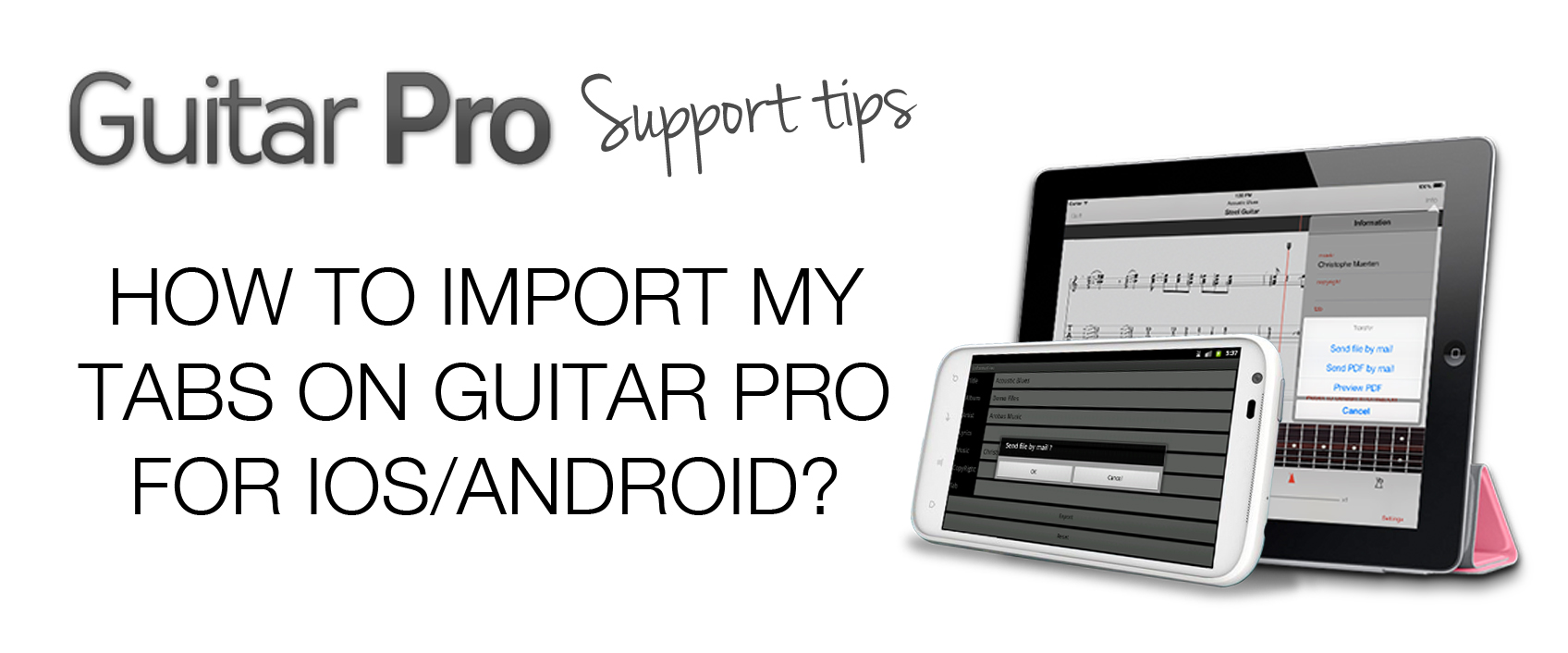

The 2nd fret on the first string could be called an F sharp ( ), which is 1 fret higher than the F. The notes that fall in-between the natural notes can have 2 different names depending on the situation. Here are all of the natural notes and flats from highest to the lowest in the first position. Natural and Sharp Notes in the 1st Position of the Guitar I have also included the 5th fret on the 1st string. Whether youre looking for an old favorite or something new to learn, Musicnotes offers the largest collection of guitar tabs available. Unlike guitar sheet music, guitar tab music provides a visualization of where to place your fingers as you play. The first position is the first 4 frets of the guitar along with the open strings. Guitar tab, also known as tablature, is a form of written music designed just for guitar. Here are all of the natural and sharp notes in the first position from the lowest sound the highest. So when you are looking to convert notation to tab. The notes that are higher on the neck are often just different places to play those same notes. With the way the guitar is tuned you can play most notes in the 1st 4 frets. He specializes in jazz, and has played guitar for more than 12 years.Converting Notation to Guitar Tab in the First Position teaches guitar, piano and more in Greeley, CO.
#CAN YOU CONVERT TAB TO GUITAR PRO TAB 6 HOW TO#
So there you have it! What song are you going to convert to piano chords next? Do you have any questions about how to use this method? Let us know in a comment below. So you’ll play B and G# at the same time. Now, count up 6 half steps from D: D, D#, E, F, F#, G, G#. Starting with the thinnest string, E, let’s count up 7 half steps: E, F, F#, G, G#, A, A#, B. The 7 is on the thinnest string, E, while the 6 is on the third from the bottom string – D. This means that both notes are played at the same time. When we get to beat 3 of this measure, there is a 7 and a 6 stacked on top of each other. Keep using this process to find the next notes. Since the number is 5, we count up 5 half steps from the open G string, giving us these notes: G, G#, A, A#, B, C. It’s played on the third thinnest string, which is a G. When we count up we get these notes: D, D#, E, F, F#, G, G#, A.
#CAN YOU CONVERT TAB TO GUITAR PRO TAB 6 FREE#
Feel free to use your piano to help you do this. Since the fret number is 7, we’re going to count up 7 half steps from the open D string. The number 7 is on the third line from the bottom, which indicates the D string. To find the first note, we look at which string it’s played on. We’ll just focus on the first measure for now. Now it’s time to figure out the right piano notes, and from there, the appropriate piano chords to play! Take a look at the video below that provides the tabs. Let’s practice by sinking our teeth into one of the most wonderfully cliché, guitar-based songs ever made – “Stairway to Heaven” by Led Zeppelin. In a nutshell, the basic idea for translating guitar chords to piano is a method of counting up in half steps from an open string.Īfter getting some practice with this method, you can effectively steal all the guitarists’ favorite songs! Practice Converting Guitar Chords to Piano If numbers are stacked on top of each other vertically, that means those notes are played at the same time.


So, more space between two numbers means that you’ll either hold the note or rest until the next one is played. But as you read the fret numbers from left to right, more or less spaces between numbers indicate note values and rests. As far as reading rhythms, tabs usually only approximate rhythms. The numbers you’ll see on each line indicate the number of the fret that is played on that string. The bottom line represents the thickest string, while the top represents the thinnest.

What you need to know about tabs is that there are six lines that represent the six guitar strings. In this tutorial, we’ll be using tabs to convert the guitar chords to piano chords. This means that you can find any note by starting from the open string that the note is played on and counting up in half steps, one fret at a time, until you arrive at the desired note.


 0 kommentar(er)
0 kommentar(er)
